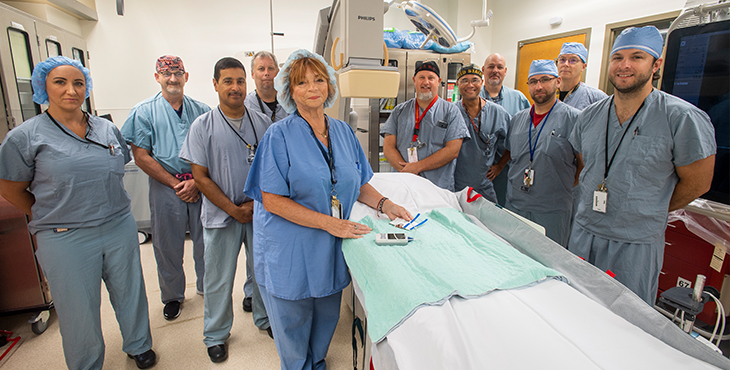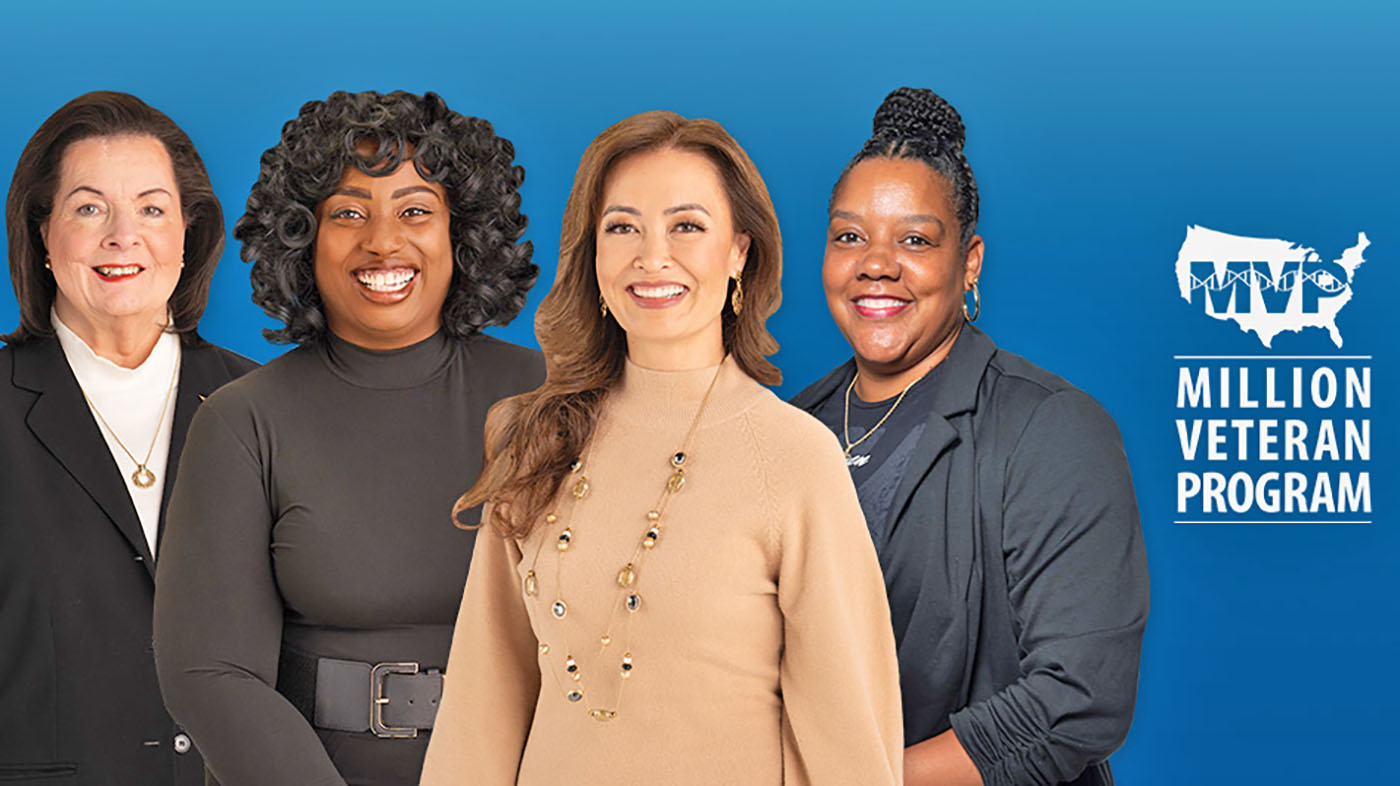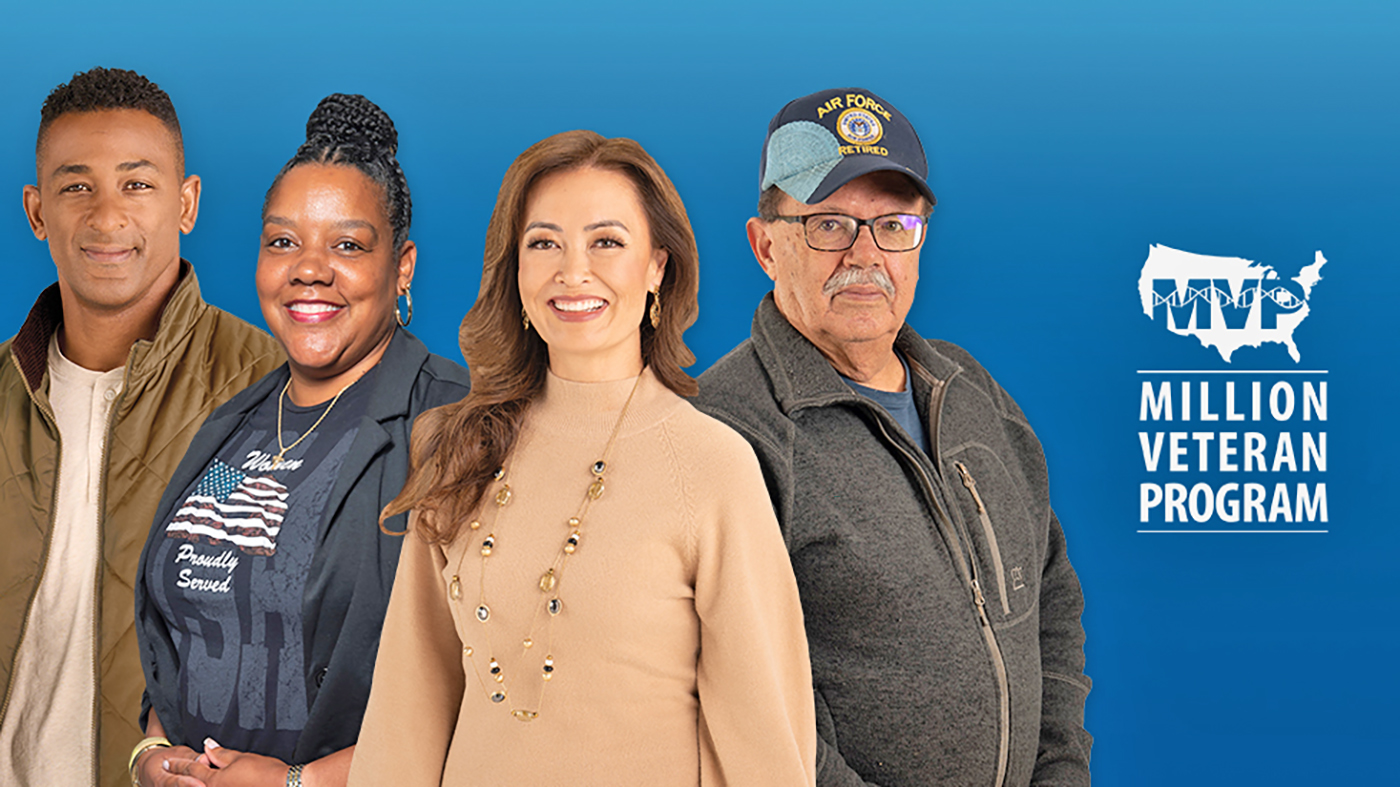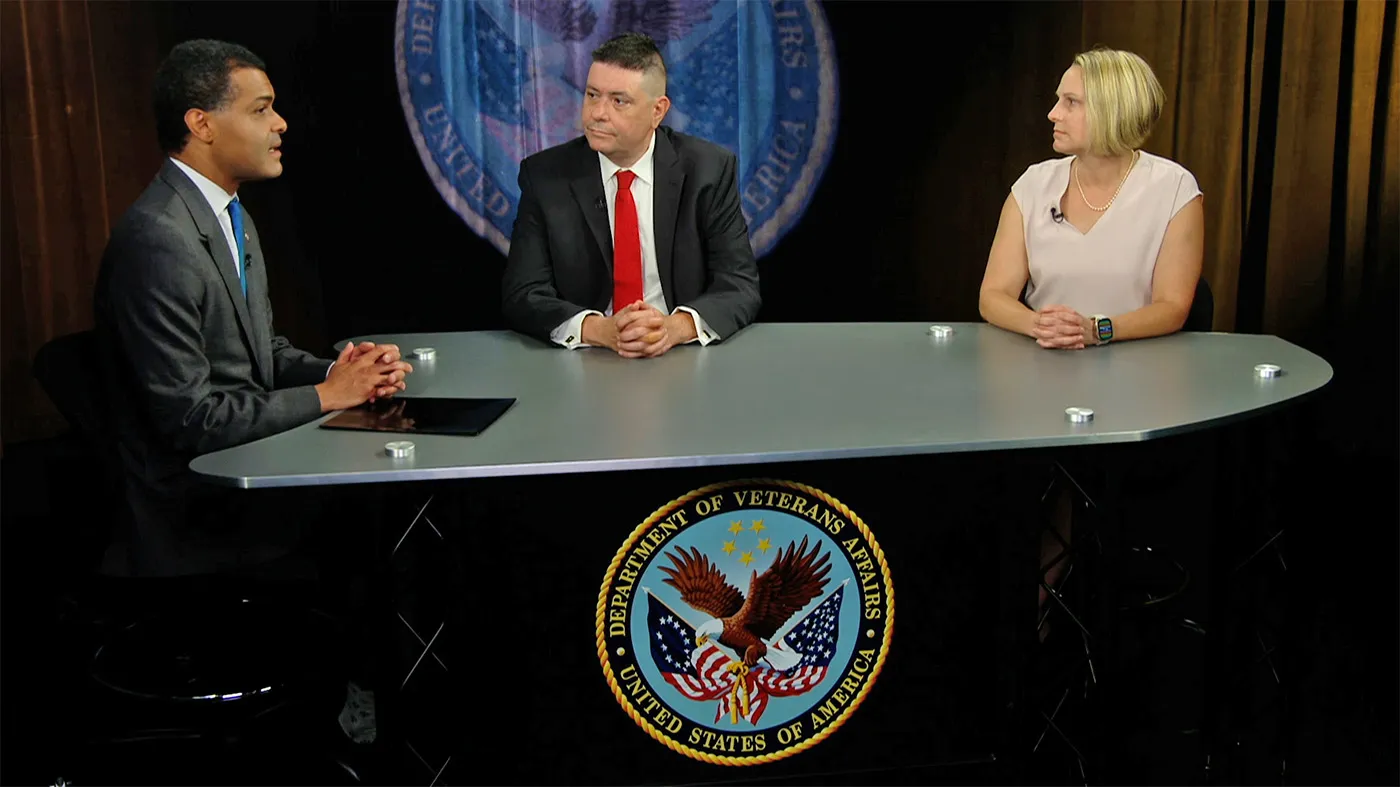Above: Respiratory therapist Catherine Abee displays her invention, the heat-enhanced pulse oximeter, while in the company of colleagues at the VA Pittsburgh Healthcare System. (Photo by Bill George)
The idea was fresh in the mind of respiratory therapist Catherine Abee when she joined the VA Pittsburgh Healthcare System in 2008.
Abee envisioned a device that would warm an area on the body of patients being tested for the amount of oxygen in their bloodstream. Warming the measurement site, she thought, would improve blood flow and thus provide a more accurate reading. The device, a heat-enhanced pulse oximeter, could be attached to one’s fingers, forehead, foot, ears, or toes.
While working with colleagues to make the concept a reality, Abee came in contact with VA’s Technology Transfer Program, which assists researchers and other VA employees by licensing protected VA technologies to companies able to make and sell the inventions to the public. The program’s lawyers help patent VA’s inventions, which gives the owner the right to prevent others from making, selling, using, and importing the patented item or method. A U.S. patent on Abee’s invention was issued in 2017. Canadian and European patents are pending.
“The Technology Transfer Program and TTAP … worked diligently to guide me and to make sure I’ve followed all of the steps necessary to reach the point where we are.”
In 2018, Abee’s invention was adopted as one of the seven first-year products in the newly formed Technology Transfer Assistance Project (TTAP), an initiative of the Technology Transfer Program. TTAP aims to bring worthy VA discoveries closer to public use by supporting the creation of a working prototype and by consulting on pathways for commercialization. TTAP funded its main partner, the Human Engineering Research Laboratories (HERL), a large VA-University of Pittsburgh facility that does research, development, and testing on a myriad of technologies, to build a second-generation prototype of Abee’s device.
HERL engineers have since produced a viable device that’s ready for licensing. Thus far, two companies have approached VA with an interest in licensing it, says Dr. John Kaplan, director of the Technology Transfer Program.
“HERL is a unique VA resource,” he says. “It’s the only VA facility I’ve seen or heard about that has an extensive manufacturing capability across a wide range. As far as I know, no other VA facility has … the machines, the 3D printers, the ability to make electronics, like HERL.”
Kaplan says six more inventions have been proposed as second-year TTAP projects.
Abee recalls: “Once HERL was brought on board, I met with them to discuss what I wanted the pulse oximeter to look like and what was needed to make it perfect. They developed a better heat source that will plateau and maintain a warmth for hopefully eight hours. Thus, in a clinical care setting for long-term patients, clinicians know that one probe may last eight hours, so that would be one per shift. That means the product is economically sound. When HERL had a prototype ready, we met again and discussed any changes I wanted. They also adapted their equipment to keep the packaging in an enclosed environment to make sure the heat source was not activated.”
TTAP takes bench-top or early prototype inventions and develops them—in collaboration with the inventor—so the product will be more attractive for licensing. The VA researcher is named on the patent application as the inventor, as is the case with Abee and the heat-enhanced pulse oximeter, giving more exposure to VA and its inventors. If the product is licensed to a company, VA gets royalties on the sales and possibly preferred pricing.
“The Technology Transfer Program and TTAP have helped me take my idea from a possibility and create a device that has been needed since pulse oximetry began in 1972,” Abee says. “Without those folks, there would be no heated pulse ox probe ready to market. They’ve worked diligently to guide me and to make sure I’ve followed all of the steps necessary to reach the point where we are. I’ve been working on this for a decade, and things have progressed amazingly over the past year.”
To read more of this story, visit VA Research Currents.
Topics in this story
More Stories
Diverse representation of women in health care research allows MVP to make discoveries for women’s health
Join the Million Veteran Program online. You will have the option to receive an at-home blood sample collection kit in the mail.
VHA's new podcast series, New Horizons in Health, features a candid discussion of psychedelic assisted therapies for Veterans experiencing mental health conditions.







I have a patent on a device called, “wheelchair arm rest” which I developed some years ago. It provides a better arm rest for the wheel chair bound patients and completely supports the patient. It is also compatible with most wheelchairs. It can be maneuvered with the wheelchair no matter where it goes. Going through door ways is no problem. It does not restrict the wheel chair in any way. I would like to know if there might be a place in the modern day society of those who cannot leave their wheelchair for any kind of activity. If so, please give me an e-mail address that I might contact to provide information about this item.
Does this mean that VA works with people for medical inventions only? Also, does the product then belong to VA with no profits for the inventor?
Brava, Catherine, and the VAPHS Team, including HERL! Very proud of you all.
R/Don Koenig, VAPHS Director
Great job Catherine. Most the time the one closest to their jobs see what’s needed. Few however act on it. Bravo.